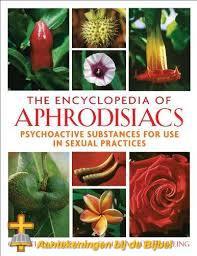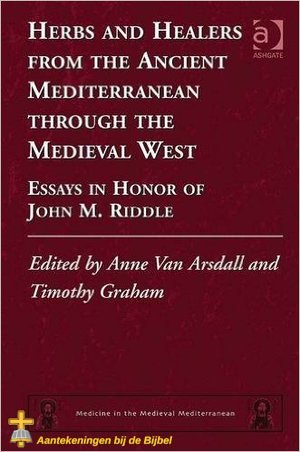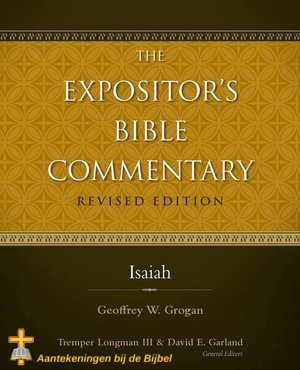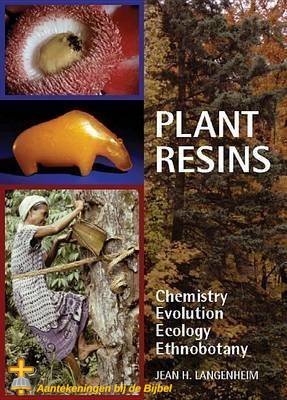
welke resulteren in allerlei aantekeningen.
De moringa, ben boom of peperwortelboom (Moringa oleifera) is een boom die mogelijk voorkomt in de Bijbel.
Volgens sommige geleerden wordt in Jesaja 44:4 met בְּבֵ֣ין "tussen in" een boom bedoeld en dan als כבין of כבן "als bin/bino" gelezen moet worden en wordt bevestigd door de Dode Zee-rol 1QIsaa en andere manuscripten. Zo geeft G. W. Grogan in zijn commentaar "It is now certain that the difficult Heb. ben in this passage is not the preposition ‘between’ but the ‘ben-tree’ …, a species of moringa remarkable for the intense greenness of its leaves. The word is found in Arabic, Aramaic-Syriac, and Akkadian" (G.W. Grogan, Isaiah. in F. E. Gaebelein (Red.), The Expositor’s Bible Commentary: Isaiah, Jeremiah, Lamentations, Ezekiel, Vol. 6, p. 266). Ook H. G. M. Williamson stelt dat het om een boom gaat, maar zegt "it is virtually impossible to identify the specific species of tree in question" (H.G.M. Williamson, Beihefte zur Zeitschriftfür die alttestamentliche Wissenschaft, Vol. 478 "Exile and Return" p. 265-266).
Reeds Plinius de Oudere noemt de boom: "In the country of the Troglodytæ, the Thebais, and the parts of Arabia which separate Judæa from Egypt, myrobalanum (=Moringa oleifera) is commonly found; it is provided by Nature for unguents, as from its very name would appear. From its name, also, it is evident that it is the nut of a tree, with a leaf similar to that of the heliotropium, which we shall have to mention when speaking of the herbs. The fruit of this tree is about the size of a filbert. The kind that grows in Arabia is known as Syriaca, and is white, while, on the other hand, that which grows in the Thebais is black: the former is preferred for the quality of the oil extracted from it, though that which is pro- duced in the Thebais yields it in larger quantities. Among these various kinds, that which is sent from the country of the Troglodytæ is the worst of all. There are some persons who prefer that of Æthiopia to all of these, the nut of which is black, and not oleaginous; it has only a very small kernel, but the liquid which is extracted from it is more odoriferous than that of the other kinds; it grows, too, in a champaign, open country. It is said that the Egyptian nut is even more oleaginous, being of a reddish colour with a thicker shell, and that the plant, although it grows in wet, marshy spots, is shorter and drier than the other kinds. The Arabian nut, again, is said to be of a green colour and of smaller size, but harder and more compact, from the circumstance that it grows in mountainous districts. The best of all, however, is that of Petra, which comes from a city mentioned on a previous occasion; it has a black shell, but the kernel is white. The perfumers, however, only extract the juices from the shells; but medical men pound the kernels, pouring warm water on them, little by little, as they do it." (Plinius, The Natural History, XII.46)
Aangemaakt 5 januari 2021
     |
![]() Zie de huisregels welk commentaar wordt opgenomen!
Zie de huisregels welk commentaar wordt opgenomen!